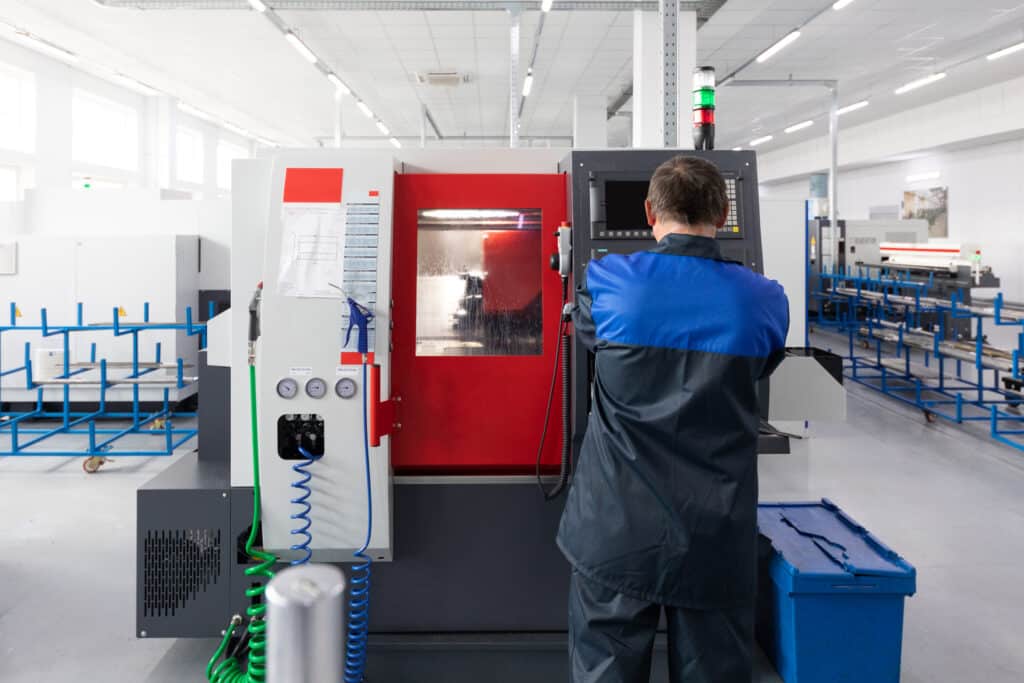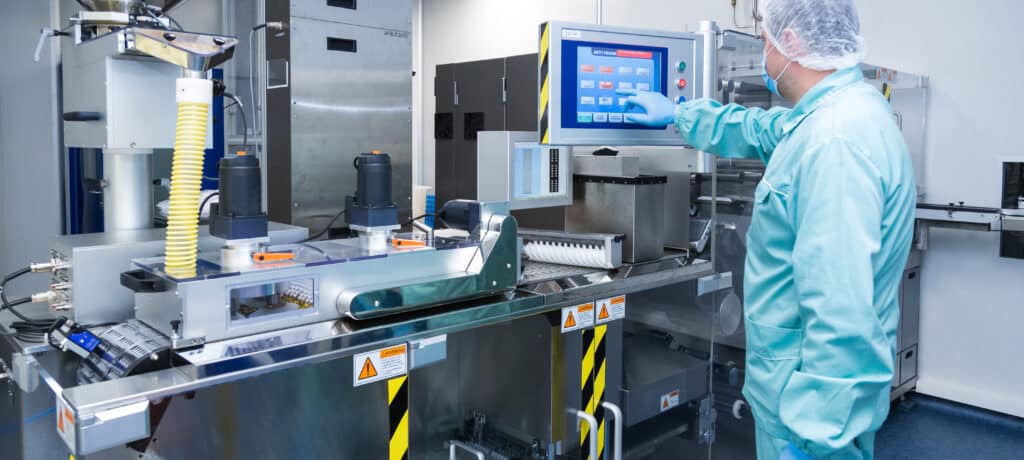“Revolutionizing Electronic Manufacturing”
Advanced materials and technologies are revolutionizing the electronic manufacturing industry. These cutting-edge materials and techniques are improving the performance, reliability, and cost-effectiveness of electronic products. From semiconductors to batteries, advanced materials and technologies are driving the development of new and innovative electronic products. One of the most significant advances in electronic manufacturing is the use […]

Advanced materials and technologies are revolutionizing the electronic manufacturing industry.
These cutting-edge materials and techniques are improving the performance, reliability, and cost-effectiveness of electronic products. From semiconductors to batteries, advanced materials and technologies are driving the development of new and innovative electronic products.
One of the most significant advances in electronic manufacturing is the use of advanced semiconductor materials. These materials, such as silicon-germanium and silicon-on-insulator, have allowed for the development of faster, more energy-efficient, and more reliable electronic devices. These materials have also enabled the development of new technologies such as high-speed transistors and high-frequency circuits.
Another area where advanced materials are making a significant impact is in the development of new battery technologies. Lithium-ion batteries, for example, have a higher energy density and longer lifespan than traditional lead-acid batteries. This has led to the widespread use of lithium-ion batteries in a wide range of electronic devices, from smart phones to electric vehicles. Additionally, the development of solid-state batteries, which use solid electrolytes instead of liquid ones, is expected to further improve the safety and performance of batteries.

Advanced materials are also being used to improve the performance and reliability of electronic components such as capacitors and inductors. For example, the use of high-k dielectrics in capacitors has led to an increase in the capacitance of these components, resulting in a reduction in the size and cost of electronic devices.
In addition to advanced materials, new technologies such as 3D printing and nanotechnology are also playing a major role in electronic manufacturing. 3D printing, also known as additive manufacturing, allows for the rapid prototyping and production of electronic components and devices.
This technology has the potential to greatly reduce the time and cost of product development, as well as open up new possibilities for the design and manufacture of electronic products.
Nanotechnology, on the other hand, is being used to develop new and improved electronic devices such as sensors and transistors. For example, researchers are using nanotechnology to develop new types of sensors that are more sensitive, selective, and responsive than traditional sensors.
This has the potential to greatly improve the performance of a wide range of electronic devices, from medical equipment to industrial automation systems.
Advanced materials and technologies are also playing a critical role in the development of the Internet of Things (IoT) and connected devices. The use of advanced materials such as graphene and carbon nanotubes is enabling the development of new sensors and communication technologies that are smaller, more energy-efficient, and more reliable than traditional technologies.
Additionally, new technologies such as low-power wireless communication protocols are making it possible for devices to be connected to the Internet without the need for expensive and power-hungry cellular networks.
Advanced materials and technologies are playing a critical role in the electronic manufacturing industry. These materials and technologies are enabling the development of new and innovative electronic products that are faster, more energy-efficient, and more reliable than ever before.
From semiconductors to batteries, advanced materials and technologies are driving the development of new and innovative electronic products. As the electronic manufacturing industry continues to evolve, it is likely that we will see even more exciting advances in advanced materials and technologies that will further improve the performance and reliability of electronic products.


